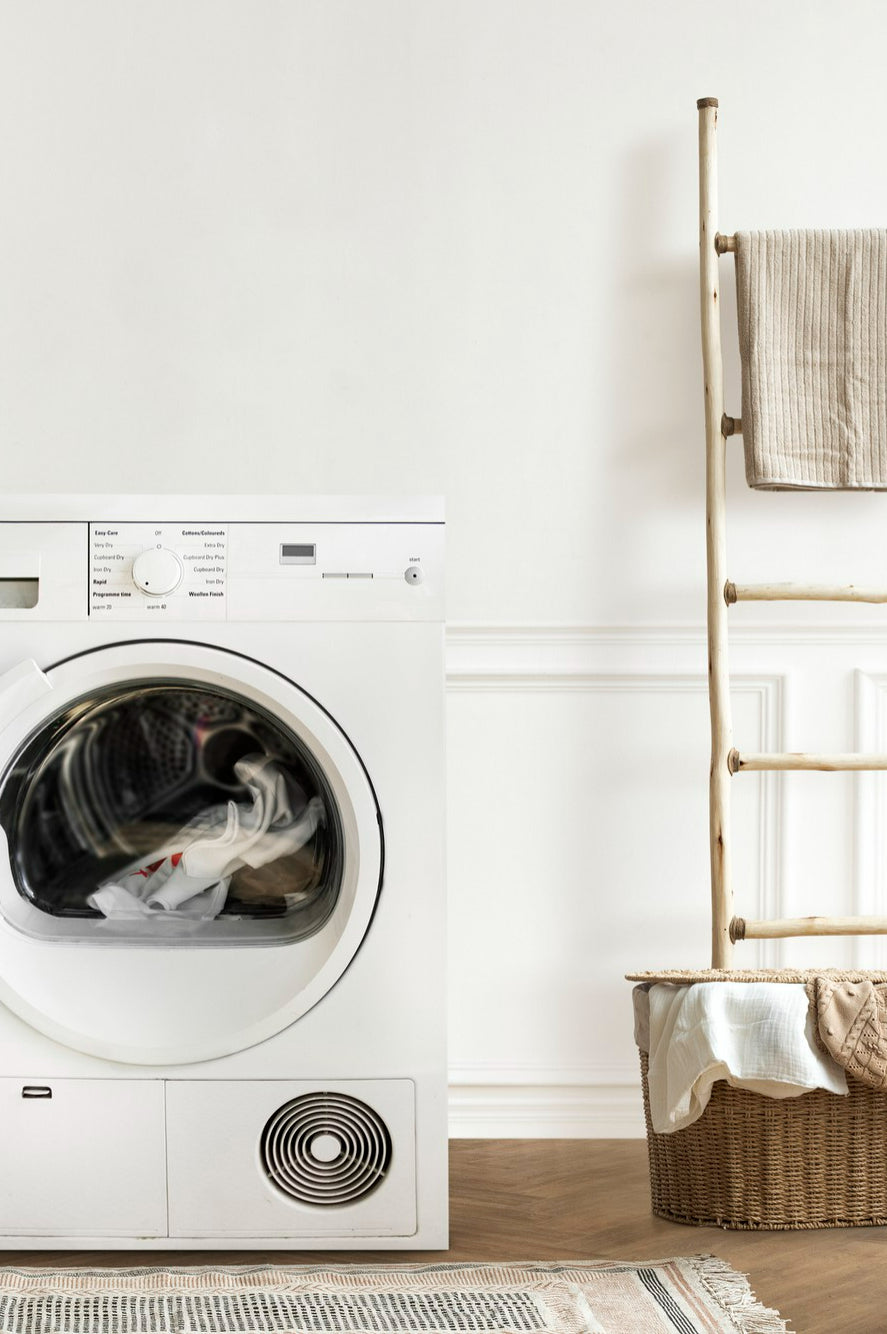
Washing your linen
To wash linen, separate it from other clothes to avoid damage from friction. Use cool to warm water and a gentle detergent suitable for delicate fabrics. Don't use fabric softeners and turn linen sheets inside out to prevent snagging. Avoid overloading the washing machine and use natural stain removers for stubborn stains. Hang or lay linen flat to dry and avoid direct sunlight. Or tumble dry on low heat.
Ironing linen
Iron linen fabric while it is still slightly damp to make the process easier and to prevent excessive wrinkling.
Use a medium to hot iron temperature setting, as linen can withstand high temperatures.
Always iron linen on the reverse side to avoid any damage to the fabric's natural shine and texture.
When ironing, use a pressing cloth or a clean cotton towel to protect the fabric from direct heat and prevent any scorch marks or discoloration.
How to remove stains from linen?
For small stains, you can try soaking the fabric in a mixture of water and detergent or using club soda to wash it. If that doesn't work, you can apply dish soap and gently rub the stain until it disappears, then wash the linen as usual. For tougher stains, you can sprinkle baking soda and vinegar on the fabric and blot it with a paper towel to absorb the moisture.
And the best way to store linen?
To prevent mildew, ensure that your linens are completely dry. As linen is a natural fiber, it requires ventilation, so it is preferable to store it in cool, dry, well-ventilated spaces away from direct sunlight. Avoid using plastic bags, cardboard boxes, and cedar chests to store linen. Instead, opt for linen bags or repurpose old pillowcases.

